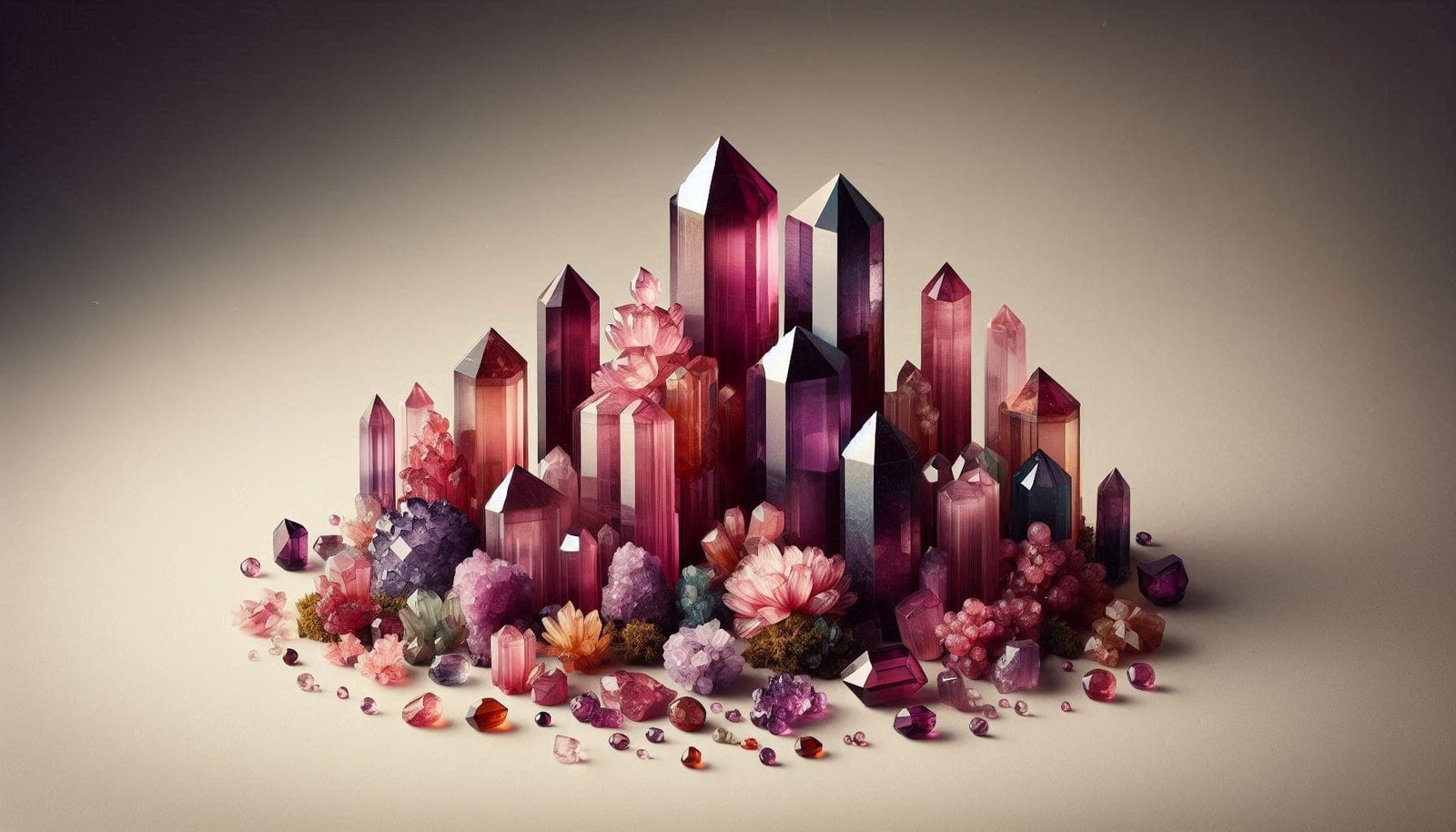Corundum is a significant mineral found in various types of rocks, such as igneous, metamorphic, and sedimentary and belongs to the trigonal crystal system. The interesting thing about the corundum mineral family is its extraordinary hardness and lovely appearance, which make it a very valuable mineral. Clarity matters, though most have inclusions.
In the world of gemstones, it’s part of the coveted group of gems known as “the big four,” along with diamonds, emeralds, sapphires, and rubies. Ruby and sapphire are both derived from the corundum mineral family group. It is the second hardest mineral in the universe, following diamond.
In which color does it come
It comes in almost all colors, but due to its different colors, it is known by different names of gemstones. A corundum with a deep red hue is known as a ruby; a blue corundum is referred to as a “Blue sapphire”, and a yellow color is called Yellow sapphire. There’s also “white sapphire” when it’s colorless and “fancy sapphire” for other colors. The name “sapphire” can apply to any corundum variety that’s not red and doesn’t qualify as Ruby.
Uses of corundum mineral
In the field of gems and astrology, the corundum mineral family holds special importance. In astrology, it is most commonly recognized by its more popular names, “Ruby” and “Sapphire.” It is believed that this mineral has unique energies, contributing to its demand in various spiritual and astrological practices.
Besides this, its extraordinary hardness and lovely appearance make it a valuable material for cutting gemstones, industrial use, and making decorative items.
Where corundum are primarily found
Corundum is primarily found in countries such as Myanmar (Burma), Sri Lanka, India, Russia, Zimbabwe, Africa, Madagascar, and Mozambique. These regions are known for their rich deposits of high-quality corundum gemstones.
Chemical composition or physical property
Chemical composition: aluminum oxide (Al2O3) typically contains chromium, vanadium, titanium, and iron.
Hardness: 9 on the Mohs scale
Specific gravity: 3.98 to 4.00
Refractive index: 1.76 to 1.77

 Blue Sapphire (Neelam Stone)
Blue Sapphire (Neelam Stone) Yellow Sapphire (Pukhraj Stone)
Yellow Sapphire (Pukhraj Stone)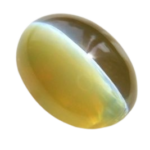 Cats Eye Stone (Lehsunia)
Cats Eye Stone (Lehsunia) Gomed Stone (Hessonite Garnet)
Gomed Stone (Hessonite Garnet) Manik Stone (Ruby)
Manik Stone (Ruby)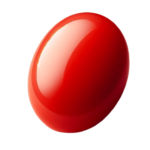 Moonga Stone (Coral)
Moonga Stone (Coral)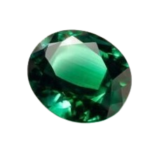 Panna Stone (Emerald)
Panna Stone (Emerald) Pearl Stone (Moti)
Pearl Stone (Moti) Citrine Stone (Sunela)
Citrine Stone (Sunela) Iolite Stone (Kaka-Neeli)
Iolite Stone (Kaka-Neeli) Natural Zircon
Natural Zircon Opal Stone (Doodhiya Pathar)
Opal Stone (Doodhiya Pathar)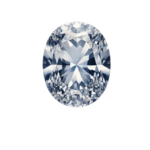 White Sapphire (Safed Pukhraj)
White Sapphire (Safed Pukhraj)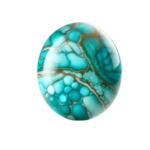 Turquoise Stone (Firoja)
Turquoise Stone (Firoja)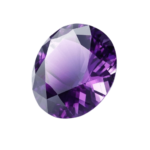 Amethyst Stone (Katela)
Amethyst Stone (Katela)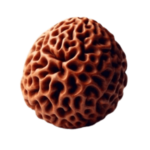 Rudraksha
Rudraksha Sphatik
Sphatik Pearl Mala
Pearl Mala